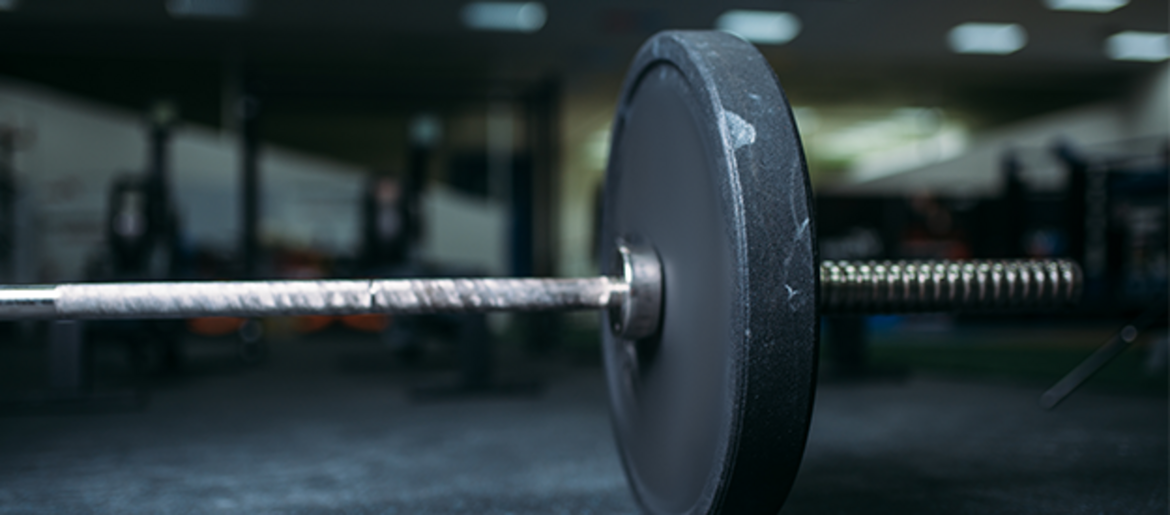The Right Attitude for Weightlifting
What is strength? Well, basically, strength is always relative. What "strong" is for one person may not be for another. No matter what our goals are, or how we define them, there are a few basic rules for strength training that are good to know.
Start with patience and trust
Building strength takes time. No one can expect to walk into a gym for the first time and start with the heaviest weights. Even the world's best weightlifter had to start small. It takes time to develop a feel for what weights work best for you.
The body has to adapt to the movements we teach it to lift weights. This means we need to be patient as we teach our bodies how to move in new ways.
When we lift weights, we also train our central nervous system. Over time, a connection develops between the two, a sort of "mind-muscle connection". The more we exercise, the easier it is for our body to activate our muscles so that training is also easier.
Quality before mass
It is more important to focus on the quality of your movements than it is to focus on how much weight you are lifting. You can easily hurt yourself lifting more weight than you are ready for. There is no point in packing on more weights if you are not ready for them. Especially as a beginner, focus on your form. If you find you can't lift the weight you've chosen, it may have to do with adjusting your form. You may also have to build up supporting muscles before you can focus on larger muscle groups.
Focus on the basics
There is a reason why exercises like squats, deadlifts or rowing have always been used to build muscle mass: they work. Think about compound exercises that exercise more than one muscle. Toned biceps always look good, but if your goal is to improve your strength, you'll want to focus on a system of exercises. Isolated training exercises do not stimulate muscle growth in the same way exercises that appeal to many muscle groups do.
Feel it out
The last tip is the most important one: every exercise you do activates target muscles. If you don't feel the target muscle working during an exercise, something is wrong. For example, there may be a muscular imbalance because some muscles are too weak. The body then compensates for this by over activating stabilizing muscles or by using secondary muscle groups to compensate for the weakness. Pain is usually associated with this disbalance, and it can lead to injuries. The best way to prevent this is to focus on perfect form.
Latest reviews
-
 5.0 (2)
5.0 (2)Rapunzel Organic Almond Tonka Cream, 250 g
- Almonds, milk & tonka bean
- Smoothly melting with delicate aromas
- Suitable as a spread & as a filling
€ 6,49 (€ 25,96 / kg)Delivery by January 03
-
 5.0 (1)
5.0 (1)Alnatura Organic Vegetable Spread - Grilled Peppers & Walnuts, 135 g
- Vegan recipe
- Nutty and fruity taste
- 56% vegetables
€ 2,39 (€ 17,70 / kg)Delivery by January 03
-
 5.0 (1)
5.0 (1)HOYER Organic Mountain Blossom Honey, 250 g
- Harmonious flavour
- Creamy consistency
- From Brazil & Mexico
€ 4,29 (€ 17,16 / kg)Delivery by January 03
-
 5.0 (1)
5.0 (1)Alnatura Organic Tomato Paste in a Tube, 200 g
- For seasoning
- Made from Italian tomatoes
- Double concentrated
€ 2,09 (€ 10,45 / kg)Delivery by January 03

